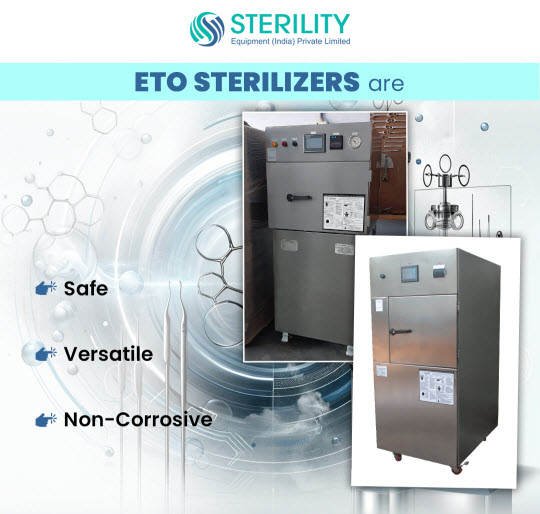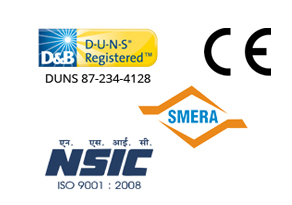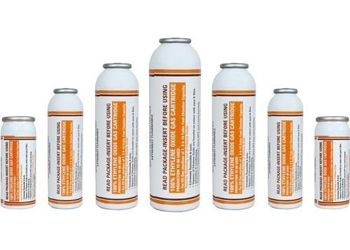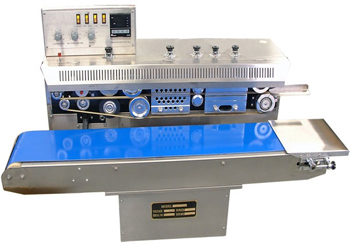Ethylene oxide (ETO) remains one of the most effective methods for sterilizing heat- and moisture-sensitive medical devices. Known for its broad-spectrum microbial efficacy and compatibility with complex device geometries, ethylene oxide sterilization is a cornerstone in modern medical devices sterilization. However, ETO is also a toxic and potentially harmful compound if not adequately purged from sterilized products. This is where the degassing phase – the final step in the eto sterilisation process – plays a vital role.
Degassing ensures the safe and effective removal of residual ethylene oxide gas from sterilized items before they are released for use. Failing to properly degas can result in contamination, posing health risks to end-users and legal implications for manufacturers. This article explores the importance of degassing in the eto process, how it fits into the procedure and the mechanisms that enable effective gas removal in sterilizer systems.
Why Degassing is Critical in Medical Devices Sterilization?
Residual ETO is not just a regulatory concern, it is a direct risk to patient safety. Materials such as plastics, rubbers and polymers used in medical devices can absorb ETO during the sterilization phase and release it slowly over time unless adequately degassed.
Health Risks from Residual ETO
Exposure to residual ethylene oxide may cause:
- Skin irritation
- Respiratory complications
- Neurological symptoms
- Carcinogenic effects in prolonged exposure
Regulatory bodies mandate strict residual gas limits in medical devices before market release. The eto sterilization procedure must therefore include a validated degassing phase that demonstrates compliance with these thresholds.

Effectiveness of Degassing Depend on Key Parameters
Several factors influence the success of the degassing process:
- Material composition: Absorption and desorption rates vary widely.
- Temperature control: Elevated temperatures accelerate gas release.
- Airflow dynamics: Effective circulation removes gas-laden air and introduces fresh air.
- Dwell time: Typically based on risk assessments.
E.t.o sterilization systems incorporate temperature-controlled degassing units to maintain uniform conditions that optimize outgassing.
Integration of Degassing in Automated Sterilizer Systems
Modern sterilizer systems incorporate the degassing cell as an integral part of the sterilization line. These systems may feature:
- Isolated chambers: Prevent cross-contamination between sterilized and degassed items
- Batch traceability: Ensures proper logging of dwell times and environmental conditions
This integration enhances both safety and operational efficiency, enabling compliance with international standards.
Client Speaks
“I did buy a 50 litre ETO sterilizer from Mr Alex, three years ago for Sun Orthopaedic Hospital, Bangalore. I am extremely happy with the service and performance of the machine. Also the running cost of the machine is extremely low.”
Monitoring and Verification in the Degassing Phase
An effective degassing system doesn’t just remove residual ETO – it verifies that removal meets compliance. Sterilizers uses multiple sensors and digital systems to:
- Log chamber temperature and time
- Confirm airflow rates and exchange cycles
- Generate electronic reports for regulatory audits
- Support alarms for deviation from validated settings
Digital records serve as traceable proof that the eto sterilisation process, including degassing, meets all safety benchmarks.
Common Challenges in Degassing and How to Address Them
Despite automation, certain challenges persist in achieving optimal degassing:
- Inconsistent airflow: May leave pockets of high residual gas.
- Dense packaging: Can hinder gas escape from tightly wrapped devices.
- Low temperature settings: Slow down desorption rates significantly.
Testimonial
“I did buy a 50 litre ETO sterilizer from Mr Alex, three years ago for Sun Orthopaedic Hospital, Bangalore. I am extremely happy with the service and performance of the machine. Also the running cost of the machine is extremely low.”
To overcome these, sterilization engineers can:
- Use perforated trays for better airflow
- Design packaging that allows ETO penetration and release
- Optimize degassing chamber design with strategic air inlet and exhaust placement
A well-engineered sterilizer machine accounts for these variables in its design.
Importance of Validation and Documentation
Degassing parameters are validated during process qualification and revalidated periodically. Validation typically involves:
- Chemical indicators
- Gas chromatography analysis
- Biological testing of residual toxicity
Documentation from these tests is archived alongside cycle logs, ensuring that each step of the eto sterilization procedure is traceable and compliant.
Conclusion
The degassing phase is more than a supplementary step in the ethylene oxide sterilization process – it is fundamental to the safety and efficacy of sterilized medical devices. Without proper degassing, the very process designed to protect patients can pose serious health risks. By integrating precise environmental controls, automation and rigorous validation, modern ethylene oxide gas sterilizer systems ensure that residual ETO levels remain within safe and regulatory-approved limits.
For manufacturers involved in medical devices sterilization, understanding and optimizing the degassing phase is essential. It not only upholds product safety and patient health but also supports operational efficiency and regulatory compliance across the sterilization lifecycle.







